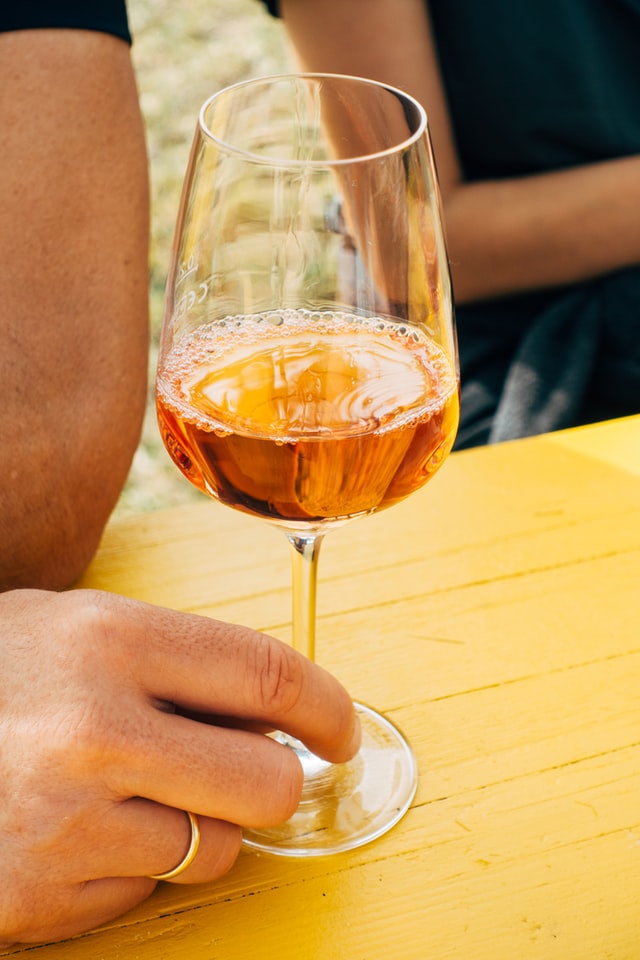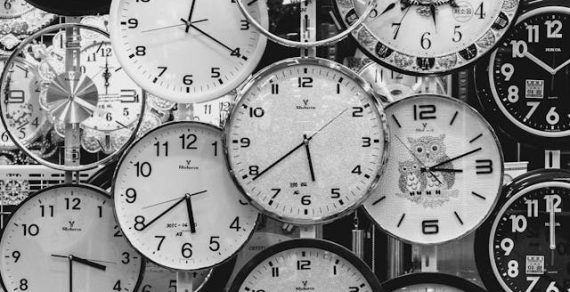Cognac is one of the best strong alcoholic beverages, called an aperitif. The taste is exceptionally soft with very synchronous. French cognac is characterized by a unique aftertaste of resin or chocolate tones and nutmeg, saffron, jasmine and ginger.
Northern or Russian are characterized by solid shades of exotic flowers or noble esters with an aftertaste of shades of raisins, almonds or prunes. It’s not for nothing that Victor Hugo called cognac “the drink of the gods.”
The colour is no less refined and noble, from golden yellow-brown and light golden to dark red and the colour of old gold. Collected French cognac with good ageing is no less valid than cars from famous brands. Only millionaires can afford it. Introduce a slow bottle of cognac to any festival – this is a prestigious gift.
Table of Contents
Basic Rules of Drinking
Lovers of the drink believe that cognac is so noble that you first must create a particular atmosphere and taste it. Drinking in household clothes and in the kitchen is considered a great disrespect to the drink. It is recommended to wear an evening dress or business clothes.
I am learning to smell the cognac to charge you with positive emotions and enjoy the drink.
Glasses That Are Recommended To Drink Cognac
Snifter, meaning “to smell,” is a traditional brandy glass that has been around since the 16th century. It is spherical with a short stem, tapering upwards, with a 170 ml – 240 ml volume. Often these glasses are made of crystal or transparent and thin glass. The narrower shape of the glass retains the unique aroma of the drink.
Some experts say that by holding a sniff in your hands, the warmth of your hands is transferred to the cognac, and the taste will be better. But others unanimously declare that it is impossible to heat.
Knowledgeable people choose modern dishes with a high leg reminiscent of a tulip bud. Tulip-shaped glasses are the most comfortable to taste, as they allow you to concentrate the most aroma. Some people like to drink cognac from special cognac glasses in barrel form, with a volume of about 25 ml.
Opening the bottle, as with some liqueurs, is recommended 30 minutes before tasting. During this time, the drink is saturated with oxygen and enhances the taste.
Cognac Snacks
In Russia, since Nicholas II, it has been a tradition to eat cognac with lemon. Most people, however, claim that lemon distorts the taste of the noble drink. Lemon is good with vodka or tequila.
In France, they serve pâté or chocolate with cognac, drink a cup of coffee and then smoke a cigarette. The so-called rule of three is “C,” Cafe, Cognac, and Cigar.
Hard cheese, lean meat, and olives are suitable for starters. Some people throw ice cubes; rinse them down with grape juice or mineral water.
5 Points of Proper Cognac Drinking
It is better to drink at home separately from food, sitting in a comfortable chair, in a calm atmosphere. Do not drink in one sip. Taste each sip.
- Fill the glass about a quarter, take it by the foot (in your hand, if the glass has a small foot), and evaluate the drink’s colour. Sometimes he does magic with an unusual colour combination. Fingerprints left on the glass should be visible through the liquid.
- Rotate the glass around the axis and return it to the vertical position. Drops, so-called cognac legs, should slide down the glass walls. The more such depths and the thicker the trail, the older the cognac. If the “legs” hold for about 5 seconds, cognac with ageing for at least 5-8 years. If about 15 seconds, the age for at least 20 years.
- Smell the cognac to feel the subtlety of the aroma. First of all, feel volatile things. At the next level, you will feel the whole scent palette. For that, you need to unwind the glass and smell the contents. A good drink contains wood tones of oak, pine or cedar wood, a strong aroma of vanilla or cloves, and fruity aromas of apricot, plum, pear or cherry. You can smell almonds, nuts, musk, leather, toast or coffee.
- Take a small sip and feel the taste of the drink. The first sip makes you feel a lot of alcohol in the glass. Do not take the next sip immediately.
- Feel the new nuances, the harmony of the bouquet, the softness and the oily drink. If you do not like the bitterness, have a snack with meat or chocolate.
Short Story
Cognac has long been a true French strong drink, produced in the city of Cognac. As early as the 12th century, several extensive vineyards were established in the vicinity of this small town. Initially, the wine was made from an excellent grape harvest and sent to the countries of Northern Europe by sea. The journey was long, and the wine, during transport, lost its taste and value, causing significant losses to producers.
A great time passed and in the 17th century appeared, a new technology that made it possible to develop wine distillation. During long-term transport, the new product did not change its quality and turned out to be much more aromatic and decadent than ordinary wine. After being stored in oak barrels, French merchants noticed that the new drink became more aromatic and tasted better.

Hennessy saga
In the 19th century, in the city of Cognac and other cities in France, companies seemed to pack strong drinks in glass containers. Demand increased, and it was necessary to expand the vineyard area.
They are produced in Georgia, Armenia, Spain, Greece, and Russia. Only cognac products made by manufacturers from different countries are usually not cognac but cognac. Only French manufacturers have exclusive rights to use the Cognac label.
Making Cognac
For production, certain white grape varieties are harvested in mid-October. The most common types are Colombia, Montil, and Uni Blanc. The harvested grapes are squeezed out, and the resulting juice is sent to fermentation. Then comes distillation, literally “dripping drops,” where fragments are produced with a concentration of up to 72% of alcohol. The resulting part is placed in barrels, always oak, for ageing. The minimum period is 30 months.
French law prohibits the addition of sugar and sulfates to cognac during the preparation process. It is permissible to use alcoholic tincture on oak flakes or caramel to achieve the desired colour.
High-quality cognac is transparent, without dirt and enclosures, and the consistency is a bit greasy. Fortress – not less than 40%. Cognac is divided into several categories, depending on ageing: ageing three years – “3 stars”, up to 6 years – “6 stars”. Sometimes, a particular abbreviation is written on the label instead of an asterisk. VK means that is aged for about six years, KVVK – for at least eight years, KS – long ageing, about ten years. The most famous houses that produce cognac are Hennessy, Bisquit, Martel, and Remy Martin.
Cognac has favourable properties, but you should not abuse it. The best dose is 30 grams. Drinking it neatly, not diluting it with tonics or soda, is better.




